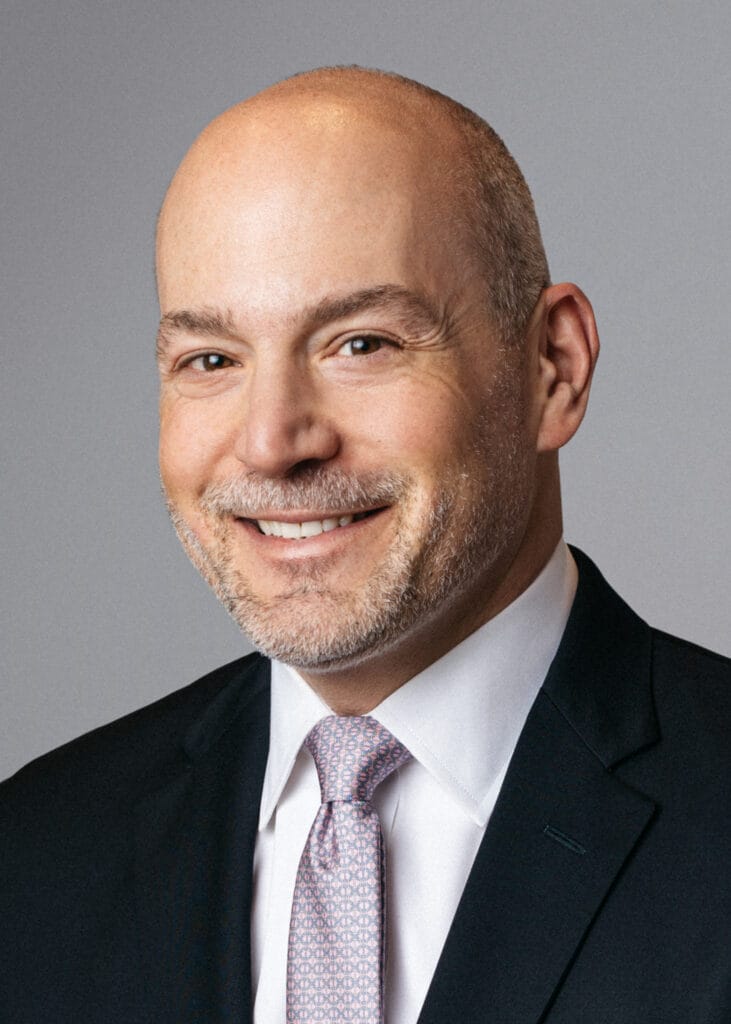May 13, 2024 - More than 1300 fund managers, allocators and vendors gathered at The Diplomat Beach Resort in Ft. Lauderdale last week for the LSTA-DealCatalyst third annual Private Credit Industry Conference on Direct Lending and Middle Market Finance. Indeed, the turnout was testament to the growth and significance of the private credit asset class. Attendees and speakers were eager to capitalize on opportunities to network, share big ideas and engage in 1:1 investor meetings.
The day and a half of programming covered meaningful ground, including performance, deal flow outlook, innovations and emerging strategies, the convergence of the BSL and PC markets, bank partnerships, LP allocations, fund structures, tapping the retail investor base, workouts and restructurings, secondary liquidity, and expectations around policy.
Several common themes ran throughout the conference:
Private credit is healthy. Fund managers agreed that while portfolios are performing well despite the higher interest rate environment, dispersion in performance is increasing. Managers are optimistic about default rates remaining low but caveated that tail risk exists, particularly for companies with EBITDA adjustments that haven’t materialized or unfavorable cost structures. Many managers acknowledged the lack of M&A activity driven by a higher cost of capital and valuation gaps have created challenges for deploying the new capital that continues to flow into the market. This dynamic has led to spread compression in the broadly syndicated and direct lending markets but will change once LBO/M&A volume returns. A catalyst for deal flow could be private equity firms getting comfortable with lower IRRs. Deal volume should pick up in 2025 (if not in 2H), with 2026 showing normalization.
Private credit is broader than direct lending. While panelists debated the size of the private credit market, there was consensus around the fact that private credit is not a monolithic asset class. Direct lending/corporate credit is just one of many strategies that define it, and, as such, does not comprise the total addressable market (TAM). The TAM discussion often centered on asset-backed finance (ABF). The ABF universe is vast, ranging from aircraft, marine or recreational vehicle leases and student loans to music royalties, and was described more than once as “the next frontier.” The ABF market has historically been the domain of banks. However, it is drawing private credit funds for a couple reasons. First, banks are pulling back, creating a need for financing. Second, these loans can be securitized into debt with an investment-grade profile that meets growing demand from insurance companies for balance sheet assets that reduce capital charges but hit a certain return.
Retail is the growth engine. Several panels focused onthe white space in the wealth channel fueling direct lending AUM, in the form of BDCs and interval funds. These products have democratized the asset class and provide managers with a source of permanent capital. Panelists highlighted that retail investors appreciate the diversification benefits of private credit and the liquidity flexibility and low minimums afforded by evergreen/perpetual funds. Another attractive feature of these structures (not only for retail investors, but also for institutional investors) is a fully funded portfolio at inception, which avoids the drawback of negative returns experienced during the investment period of drawdown funds. Some expect the private credit market to grow by 12-15% per year for the next five years, and retail flows could be one of the drivers. Panelists warned that track records will be critical for BDC and interval fund managers looking to market to financial advisors, as shelf space on financial advisor platforms is limited.
Banks and bank partnerships are relevant. Managersaffirmed thatthe broadly syndicated loan and direct lending markets can coexist, as each fills different needs of borrowers, and borrowers need optionality. Banks remain important to funds as a key source of financing (such as subscription and leverage lines) and ancillary services (such as prime brokerage), and funds can act as partners for capital relief trades. Partnerships between banks and private credit will continue to make sense for banks wishing to leverage non-sponsored borrower relationships and private credit firms without origination teams (or the capacity to invest in them) looking to access those relationships. Additionally, just as private equity firms have engaged in complementary tie-ups with insurance companies, banks may acquire private credit platforms.
Like the private credit market itself, the conference was bigger and better than last year. Bottom line, private credit, in its many wrappers, is alive and well and will continue to dominate discussions, investment decisions and strategic initiatives of market participants. As it does, its evolution and impact on the corporate lending market will remain a key focus of the LSTA.






